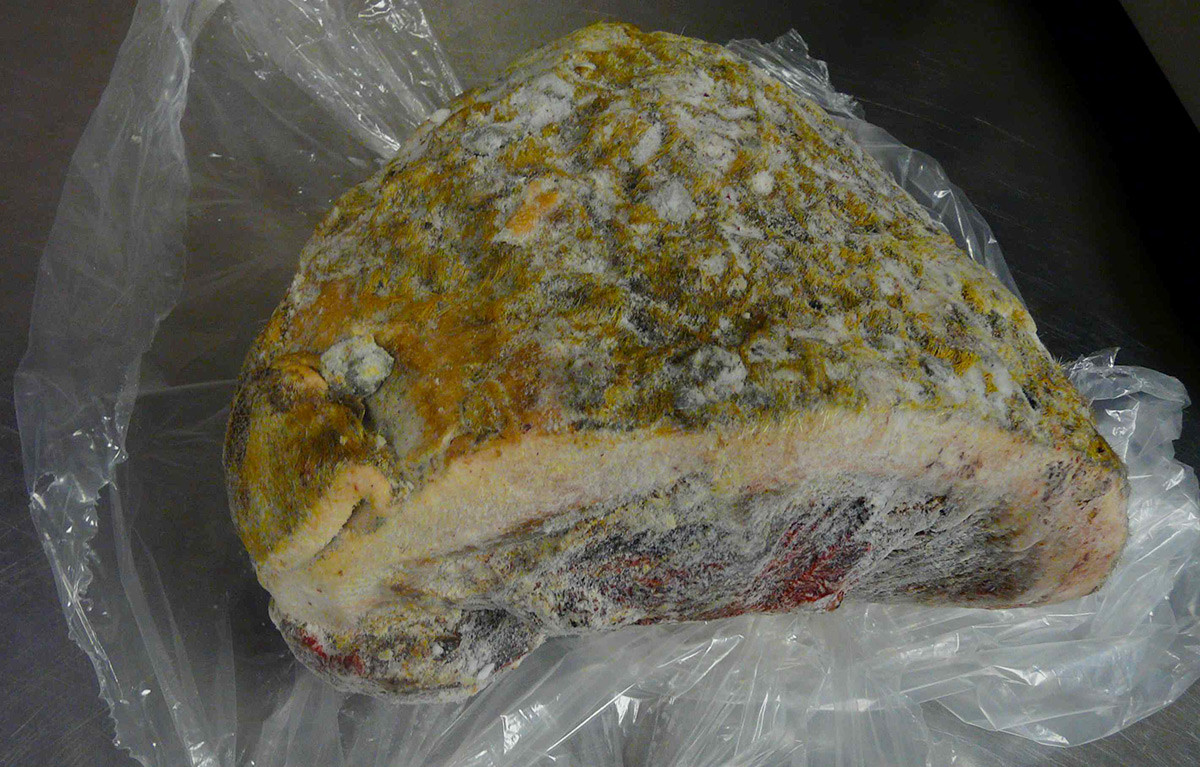SHOCK dishes of Northern and Far East Russian cuisines
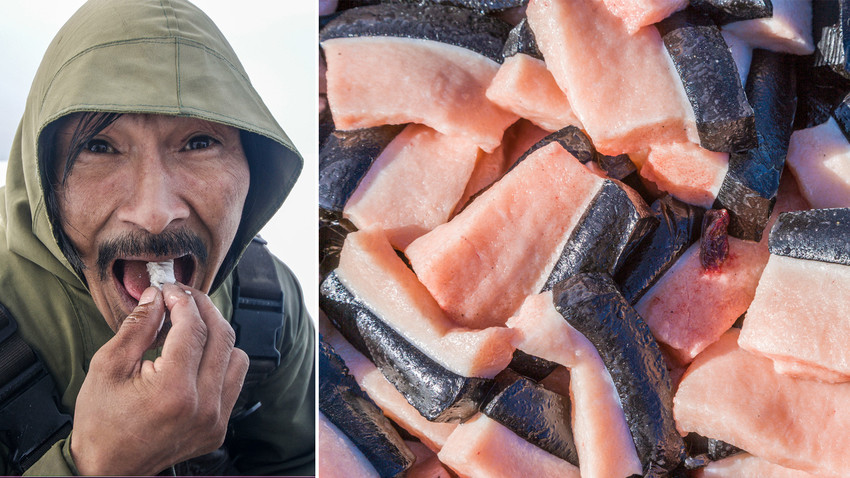
Mosi - fish jelly
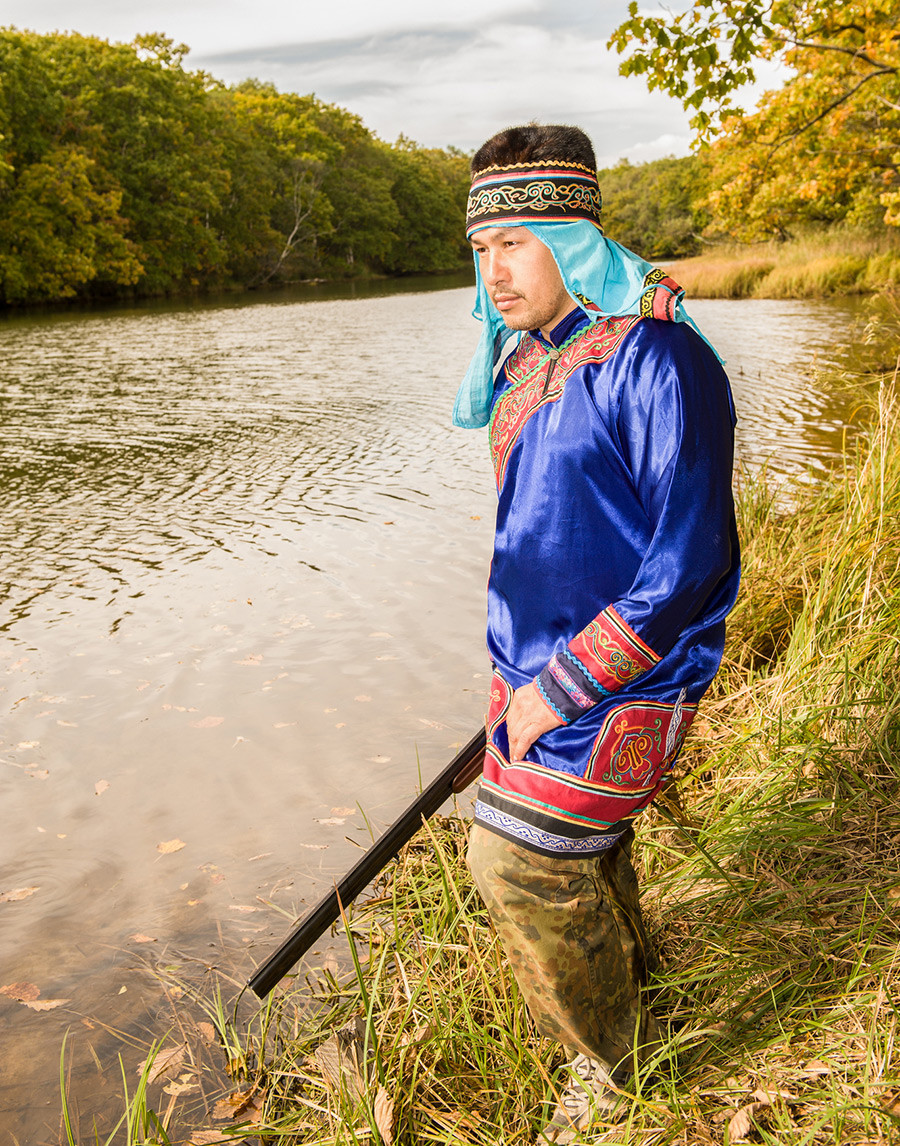
Young Udege fishing
Legion MediaIn a place where there is so much fish that even desserts are made from it, a jelly made from fish skin simply had to appear. This is how the Udege people (in 2010, there were just 1,500 of them left) make it: The dried skin of keta salmon is cleaned off its scales, milk is added and then the dish is simmered in a saucepan over a low heat, until it reaches a jelly-like consistency. Essentially, that’s it - the dish is almost ready. All that remains to be done is to pour the hot jelly into bowls, add berries and chopped nuts and acorns and wait for the mosi to set.
Kiviak - seal stuffed with birds
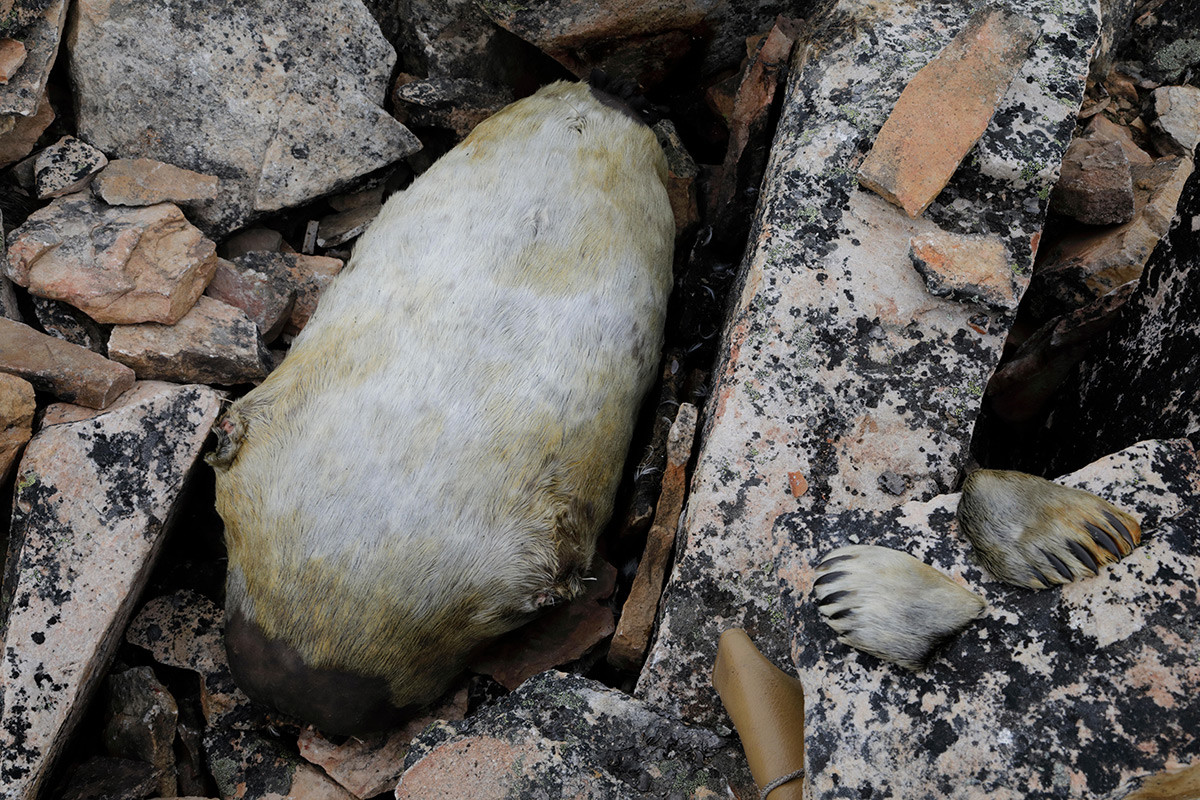
Stuffed seal laying in the rock for fermenting little auks, kiviak.
Legion MediaAre you getting hungry yet? Then let’s move on to something special - kiviak, the Eskimos’ festive dish. It is not only considered a delicacy but also an Arctic “preserve” that helps people survive during the long polar night.
The recipe is as follows: Take a seal or walrus carcass, cut off the head and stuff the carcass with small birds - so-called auks. At the same time, neither the seal nor the birds are gutted (the birds don’t even have their feathers plucked). Then the cuts in the sealskin are sealed with animal fat and it is placed and weighted down in a cool pit to be “conserved” for a period of six to 18 months. Over this time, the auks ferment with the help of the seal intestines.
After the fermentation is complete, the seal carcass is dug out, the birds are taken out and plucked at the venue of the feast and eaten as they are - always outdoors, because the dish has a specific strong odor. Incidentally, up to 400 birds can be packed into one seal carcass.
Vilmullymut - sour blood
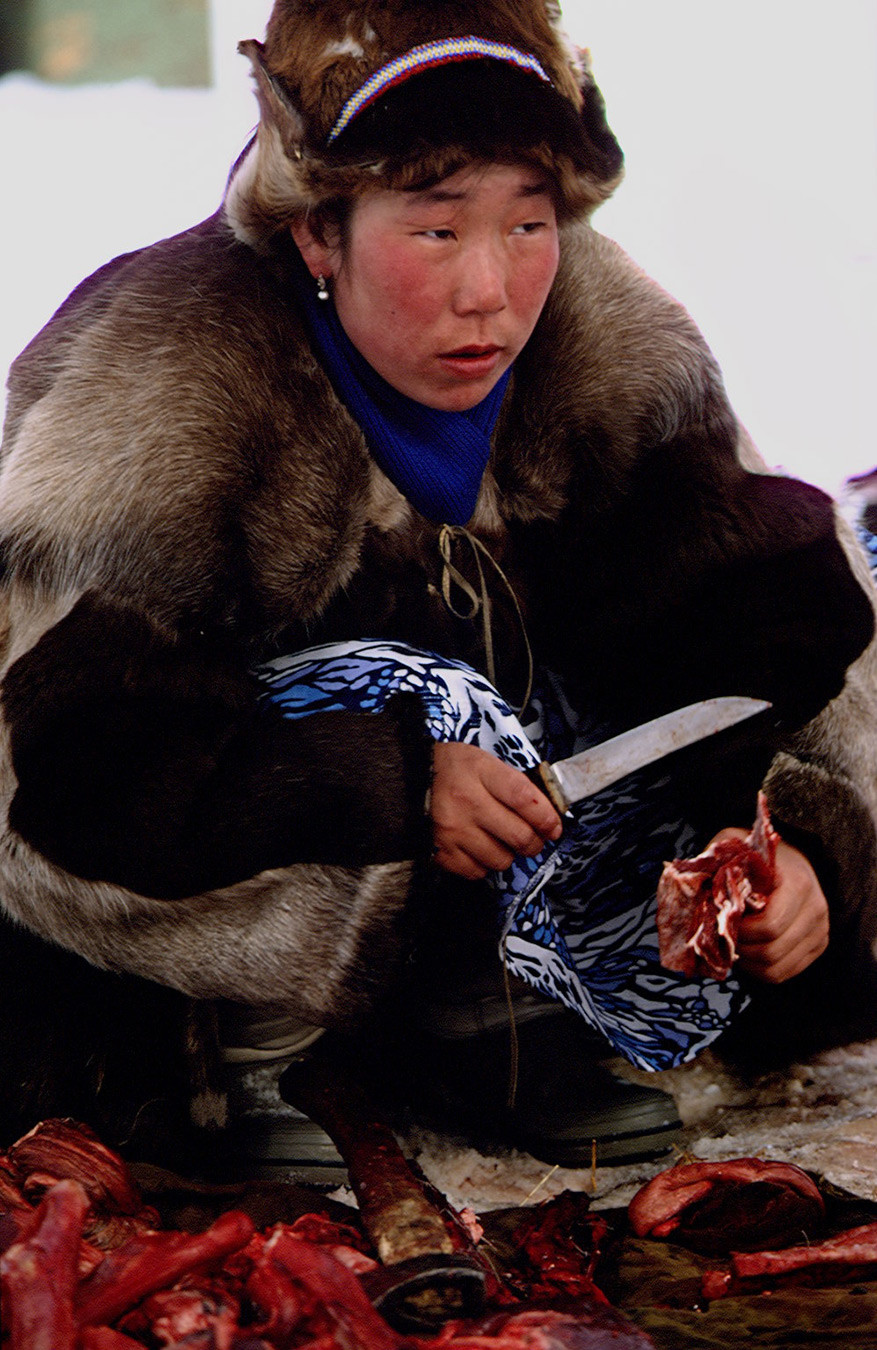
Youkagir and Chukchi camp.
Jacques Langevin/Sygma/Getty ImagesThis hard-to-pronounce word is the name of a thick blood soup the Northern peoples make from reindeer offal. Reindeer hooves, velvet antlers and the animal’s lips are roasted thoroughly over a fire, then placed in a saucepan and soaked in water for 3-4 days to remove the bitterness. Then the mixture is boiled until the pieces become soft and the liquid thickens. When the mixture cools down, pieces of liver, kidneys and fresh blood are added to it, after which everything is mixed in a leather bag or saucepan, which is then tightly closed and placed in a dark place for fermentation. The soup is left to infuse and is ready to eat after four to six weeks.
Kanyga - the contents of a reindeer’s stomach
The most difficult bit is getting at the kanyga, as it is known in Chukotka, Koryak and Eskimo cuisines. Kanyga does not need to be cooked: It is literally the contents of the stomach of a reindeer.
Это каныга́. Непереваренное содержимое желудка оленя...с ягодками..у народов севера это деликатес..кто там окрошку на кефире не любит?😂😂😂 pic.twitter.com/Rbe44iYI84
— Макаров (@_makarov_5) August 19, 2021
Immediately after the animal is slaughtered, its stomach is removed and carefully cut open. Out of it, a still-warm, half-digested lump of grass, moss, mushrooms and everything else that the reindeer had managed to “dine” on is extracted. This dollop of matter, still in its stomach juices, is what is known as kanyga. It is eaten simply mixed with lingonberries or swamp blueberries. Kanyga is believed to promote digestion of fatty foods and meat and it is also rich in vitamins, which are not so easy to find in the tundra.
Munychebukech - sour fish heads
Munychebukech or sour heads is an Evenk dish made with fish heads. The heads of any variety of salmon will do. The eyes are sucked out and the gills and jaws removed. The heads are mixed with red caviar and placed in an airtight container for a few days. People who have tried it compare the flavor of Munychebukech to sour cabbage.
Kuyukta - larvae of the warble fly
It's Time to Eat #eat#delicious#food#larva#omg#rtpic.twitter.com/jzGoMaxgBH
— Egor Fedorov ⛳️ (@egorfdrv) October 10, 2017
To an outside observer, this is perhaps the most “extreme” of the foods of some native Northern peoples. Kuyukta is none other than the larvae of the warble fly - an insect that preys on reindeer and lives parasitically off them. The female insects lay their eggs on the reindeers' hide (the eggs adhere firmly to it). The larvae hatch from the eggs after a few days and then penetrate the skin and spend months maturing there. The animal suffers intense itching, its body gets covered in puncture holes, and tissue loss and, in severe cases, the death of the animal can ensue. So eating the larvae is simultaneously a way of relieving the plight of the reindeer and getting oneself a protein snack. Kuyukta is eaten by reindeer herders from midsummer onwards.
Akutak - Eskimo ice cream
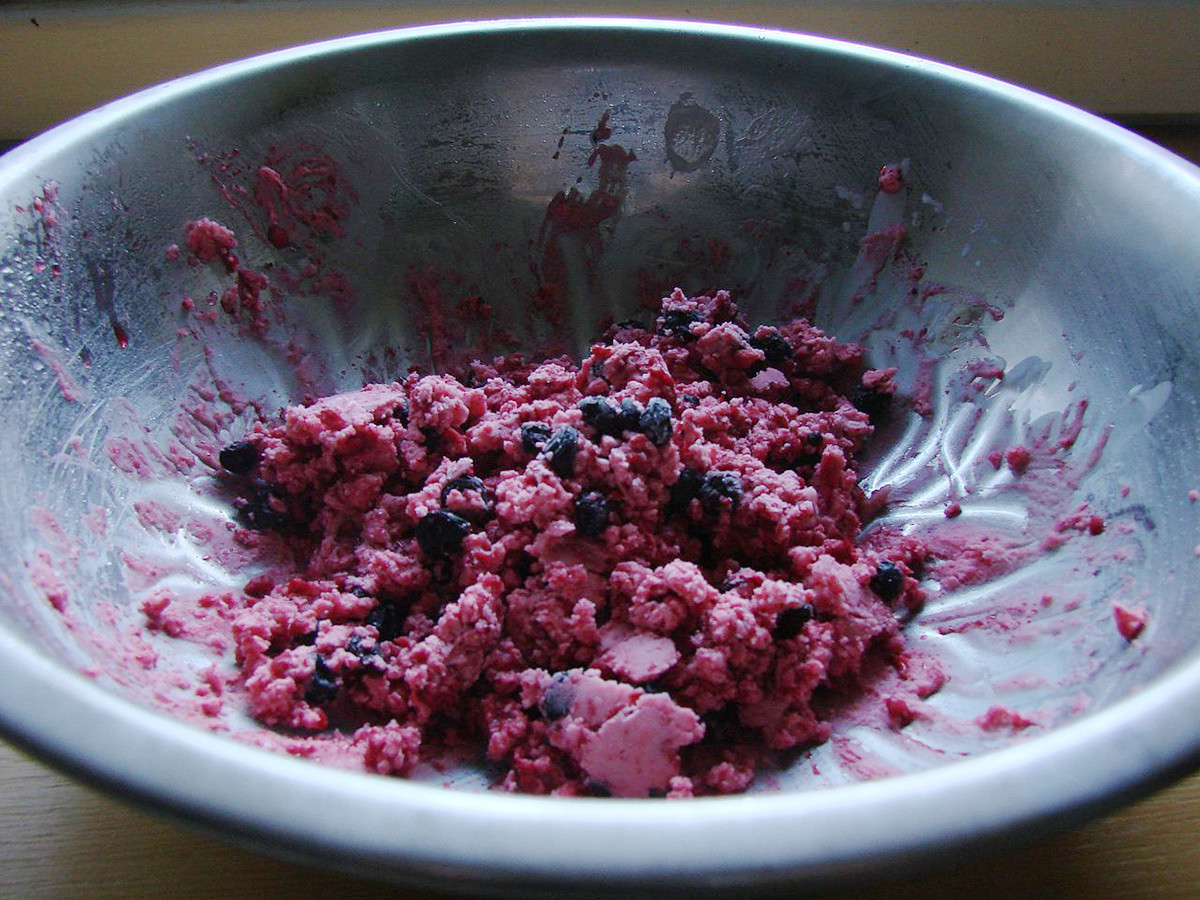
Genuine Eskimo ice cream isn’t an extra-rich bar of frozen cream on a stick with a chocolate coating. It is whipped reindeer, walrus or seal fat with added berries and sometimes sugar. The word akutak itself means “mixture”.
Here is a recipe for akutak. Very finely chopped reindeer fat is rendered down on a low heat. Then, it is mixed with rendered seal fat (ready-prepared seal fat can also be used) and everything is carefully mixed together. The next step is to add fresh or defrosted northern berries (cloudberry, swamp blueberry or crowberry) and to mix again. Then loose snow is added and everything is mixed together again, after which you place it in a refrigerator and wait for the whole lot to freeze.
Kopalkhen - starved reindeer buried in marshy ground
This is the most dangerous delicacy of northern cuisine. If an outsider eats kopalkhen, they will get food poisoning and could potentially die.
It is the fermented meat of reindeer, seal or walrus, which is buried in marshy ground or permafrost for a minimum of half a year. When the kopalkhen is from reindeer (the traditional ingredient for the Nenets people), the animal is left to starve for a few days beforehand in order to empty its stomach. Then it is strangled, without the skin being marked, and buried in marshland.
In this time, it begins to decompose, leading to the formation of microorganisms which gradually alter the composition of the meat. The discharge of cadaveric toxins takes place during this time. Local people eat kopalkhen from childhood and their bodies are adapted to it, but no-one else is advised to try it.
Mantak - whale skin
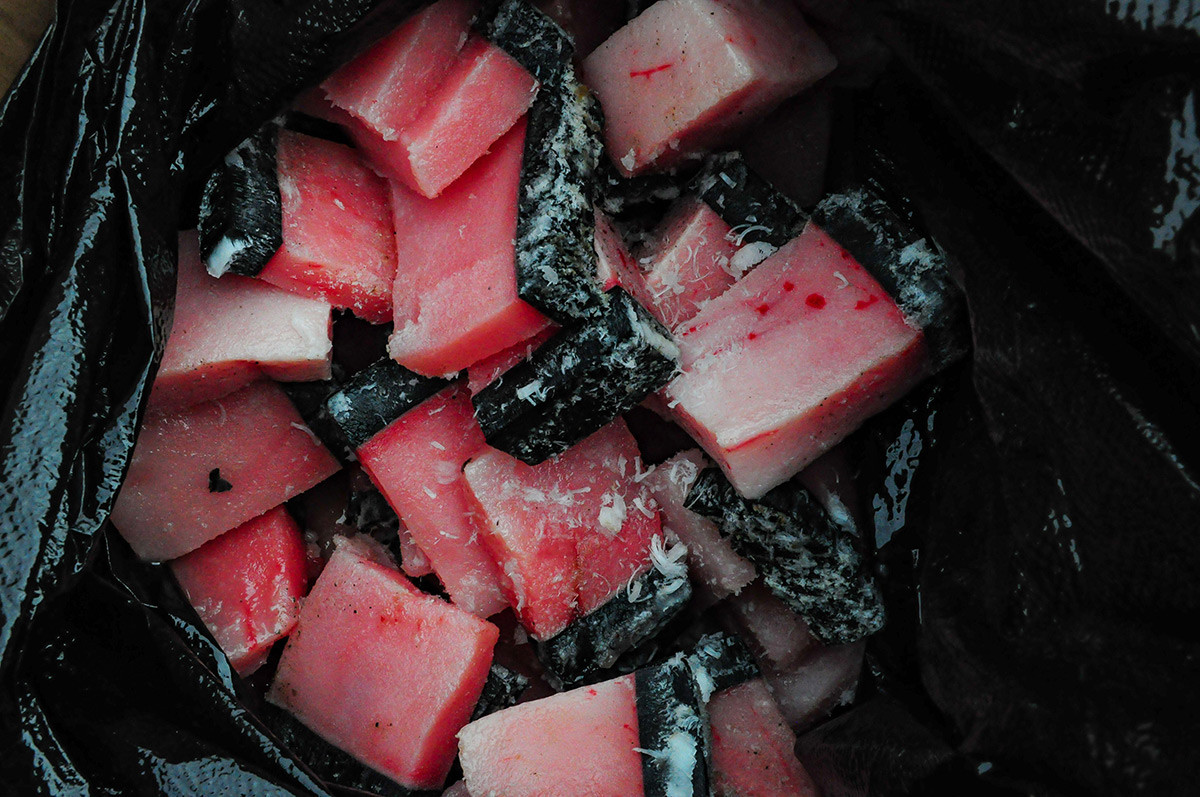
This is not just skin. It’s whale skin with a layer of pink fat and it is put away for future consumption. In raw form, layers of mantak are placed in a meat pit or, if cooked, they are placed in barrels with willowherb, covered in water and consumed during winter. One can’t buy mantak - only the people of Chukotka can offer it to their guests. In Russia, under the International Whaling Convention, only people living in the North are allowed to hunt whales and only for personal consumption.
If using any of Russia Beyond's content, partly or in full, always provide an active hyperlink to the original material.
Subscribe
to our newsletter!
Get the week's best stories straight to your inbox
